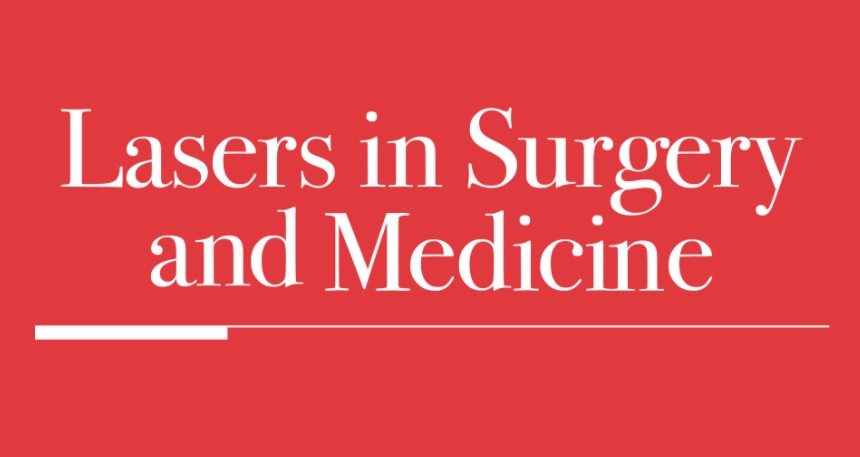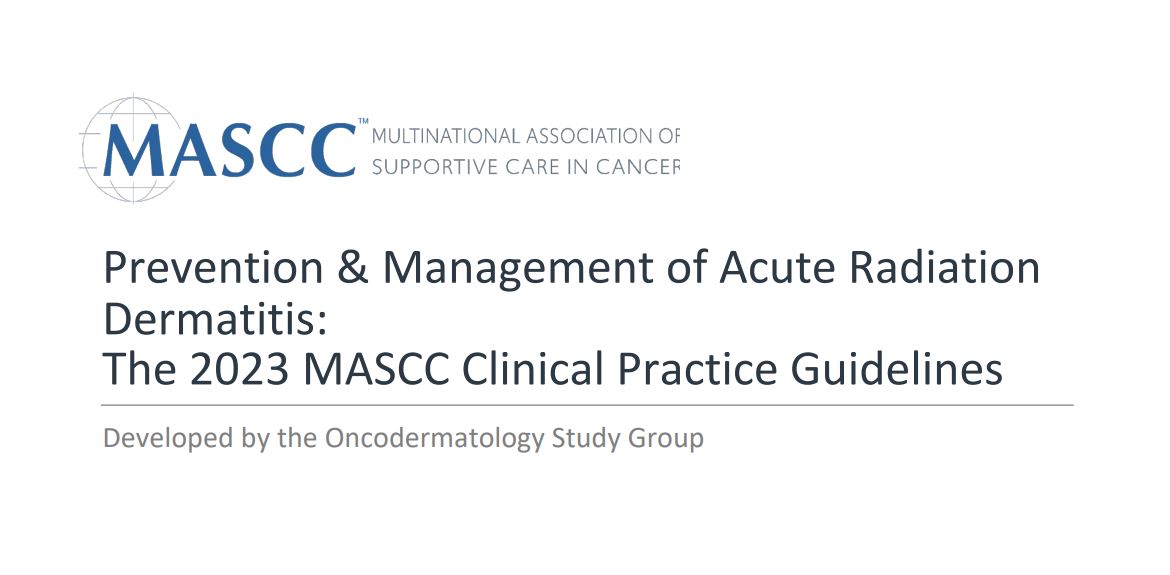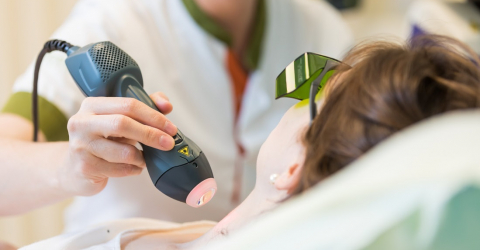Effectiveness of laser therapy in treating some side effects of radiation and chemotherapy
Recent research and pilot studies highlight the benefits of laser therapy in treating radiodermatitis and peripheral neuropathy induced by radiation and chemotherapy for breast cancer.
October turns pink to remind women of the importance of breast cancer prevention, whose 55,000 new cases per year in Italy confirm it as the most common malignancy among women. While early diagnosis and screening programs have led to a significant increase in survival — 87% five years after diagnosis — numerous parallel studies have been conducted over the years to understand how to reduce the side effects of radiation and chemotherapy.
Specifically, two recent studies have confirmed that laser therapy has proved effective in preventing both chemotherapy-induced peripheral neuropathy and acute radiodermatitis in breast cancer patients undergoing hypofractionated radiation therapy.
"The Neurolaser pilot study," explains ASA, a Vicenza-based company specialising in the production of laser and magnetic therapy devices for humans, including the robotic MLS® device used in the research", conducted by a team of researchers from the Faculty of Medicine at Hasselt University in collaboration with physicians from the Oncology and Neurology departments at Jessa Hospital in Belgium, offers promising results".
The clinical trial, which involved 32 patients, 16 of whom received a placebo treatment and 16 received photobiomodulation therapy (PBMT) using the M6 laser device, not only confirmed the absence of side effects from the laser therapy application and its safety, but also showed that in the latter group, numbness in the hands and feet remained under control (rather than worsening as occurred in the control group) and their quality of life improved.

The use of photobiomodulation therapy for the prevention of chemotherapy-induced peripheral neuropathy: a randomized, placebo-controlled pilot trial (NEUROLASER trial)
J. Lodewijckx, J. Robijns, M. Claes, S. Evens, L. Swinnen, H. Lenders, S. Bortels, W. Nassen, R. Hilkens, L. Raymakers, S. Snoekx, S. Hermans, J. Mebis
Supportive Care in Cancer, Mar 21;1-9, 2022
Further studies will be needed to confirm the applicability and efficacy of laser therapy in preventing chemotherapy-induced peripheral neuropathy, but the results on the possibility of applying MLS® technology in supportive care for cancer patients are encouraging.
Similar findings were obtained from two other studies on the efficacy of MLS® Laser Therapy in preventing acute radiodermatitis in breast cancer patients undergoing hypofractionated radiotherapy and on the long-term safety of treatment in patients treated with conventional fractionated radiotherapy. The results showed a lower incidence of acute radiodermatitis and wet desquamation in the PBMT group than in the control group.

Photobiomodulation therapy for the prevention of acute radiation dermatitis in breast cancer patients undergoing hypofractioned whole-breast irradiation (LABRA trial)
J. Robijns, J.Lodewijckx, S. Puts, S. Vanmechelen, L. Van Bever, S. Claes, L. Pannekoeke, A. Timmermans, L. Noé, M. Govers, E. Van de Werf, A. Maes, P. Bulens, J. Mebis
Lasers in Surgery and Medicine, Mar;54(3):374-383, 2022

A long-term follow-up of early breast cancer patients treated with photobiomodulation during conventional fractionation radiotherapy in the prevention of acute radiation dermatitis
J. Robijns, J.Lodewijckx, M. Claes, M. Lenaerts, L. Van Bever, S. Claes, L. Pannekoeke, K. Verboven, L. Noé, A. Maes, P. Bulens, J. Mebis
Lasers in Surgery and Medicine, Dec;54(10):1261-1268, 2022
Acute radiation dermatitis (ARD) was also the subject of a systematic review of the latest research on its prevention and management by the Oncodermatology study group of the MASCC (Multinational Association of Supportive Care in Cancer).
Lo studio, After examining 5,173 articles and selecting 235 for analysis, the study concluded that photobiomodulation therapy (PBMT) is among the most promising treatments, demonstrating greater efficacy in preventing ARD than standard care and/or placebo, particularly in patients with breast cancer.
"We are proud to know that of the five randomised studies on PBMT selected and analysed in the review, two were conducted using the M6 robotic laser device, one of the leading systems for the application of MLS® Laser Therapy", ASA concludes.

MASCC clinical practice guidelines for the prevention and management of acute radiation dermatitis: part 1) systematic review
T. Behroozian, D. Goldshtein, J.R. Wolf, C. van den Hurk, S. Finkelstein, H. Lam, P. Patel, L. Kanee, S. Fung Lee, A. Wai Chan, H. Chun Yip Wong, S. Caini, S. Mahal, S. Kennedy, E. Chow, P. Bonomo
eClinicalMedicine - The Lancet Discovery Science, Vol 58, 2023
MLS® itself has also been adopted in cancer rehabilitation and the treatment of lymphoedema with the method developed by Australians Kate Perkins and Catherine Norton, who, through OncoLaser, provide training for the correct use of lasers in the treatment of side effects from cancer therapies.
“"Some of the side effects of cancer treatments", explains Perkins, "can include slow post-operative healing, radiation-induced fibrosis, the development of lymphedema symptoms, and chemotherapy-induced peripheral neuropathy. With the application of MLS® Laser Therapy, I noted, and my patients experienced, incredible results in terms of symptom reduction, rapid recovery from treatment, and quicker discharge from care".










